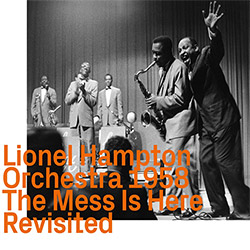
An influence on the next generation of small band and bop players, vibraphonist and Band Leader Lionel Hampton's programs included both crowd-pleasers and sophisticatedly complex sections, heard here in this 1958 studio recording from Stuttgart, Germany while touring Europe, Ghana and Israel with his exceptional band expanded by three German jazz musicians.
In Stock
Quantity in Basket: None
Log In to use our Wish List
Shipping Weight: 3.00 units
EU & UK Customers:
Discogs.com can handle your VAT payments
So please order through Discogs
Sample The Album:
Lionel Hampton-vibraphone, piano
Eddie Williams-trumpets
Art Hoyle-trumpets
Eddie Mullens-trumpets
Dave Gonzales-trumpets
Macky Kasper-trumpets
Louis Blackburn-trombone
Wade Marcus-trombone
Larry Wilson-trombone
Leon Zachary-alto saxophone
Bobby Plater-alto saxophone
Andy McGhee-tenor saxophone
Gerald Weinkopf-tenor saxophones
Lonnie Shaw-baritone saxophone
Werner Baumgart-baritone saxophones
Lionel Hampton-vibraphone, piano
Oscar Dennard-piano
Billy Mackel-guitar
Julius Browne-bass
Wilbert Hogan-drums
Cornelius Pinocchio James-vocals
Click an artist name above to see in-stock items for that artist.
UPC: 752156113829
Label: ezz-thetics by Hat Hut Records Ltd
Catalog ID: ezz-thetics 1138
Squidco Product Code: 32401
Format: CD
Condition: New
Released: 2022
Country: Switzerland
Packaging: Cardboard Gatefold
Recorded in Stuttgart, Germany, on January 5th, 1958.
"Lionel Hampton (1908-2002) did indeed write jazz history. He was a virtuoso, a harmonically, melodically and rhythmically highly gifted player. As a young musician he was already regarded as one of the best drummers. In 1930 he introduced the vibraphone into jazz and immediately became perhaps the most important protagonist of this instrument. As a pianist, he cultivated a virtuoso two-finger technique like no one else. Which didn't prevent him from using all ten fingers in a jam session in Lucerne, even playing in Thelonious Monk's style. Aware of his weaknesses as a vocalist, he always toured with a singer. One of his recipes for concerts was to play to both a demanding and a less critical audience. I remember he would present the musically interesting pieces first followed by the ones where people clapped along and climbed on the chairs. As soon as he started playing "Hey Baba Rebop" or something similar after exciting opening numbers, we knew it was time for the pleasant part, which was less interesting to us young jazz hungry listeners.
But Hampton also had charisma, a talent for exciting crowds and a sense of showmanship. And last but not least he had a knack for financial matters. Unlike the frequent fates of ostentatious big earners who ended up in welfare once the cash flow ran dry, he took care of his assets, thanks in part to his wife Gladys, who was sometimes cursed as a notorious penny-pincher. Hampton took care of others, too; for instance he had social housing complexes built for less fortunate Afro-Americans.
In 1953 Lionel Hampton came to Europe for the first time. The tour was scheduled for three weeks, but then extended to three months because of the overwhelming success. Wherever they played, the band filled the largest halls. The ecstatic behaviour of the audience in Amsterdam even gave rise to suspicions of witchcraft. From then on, Hampton and his band returned to Europe almost every year. Here, the musicians were treated like artists or kings, quite different from the USA.
On 25 December 1957, the Hampton Band came to Europe again. The first concert took place on Christmas Day in Hamburg. Hampton played more concerts in Germany, including one in Stuttgart where the present studio recording was made, before he went to Switzerland in mid-January 1958, performing in Bern, Basel, Zürich, Baden, Luzern, St. Gallen, La Chaux-de-Fonds, Genève, Lausanne, and St. Moritz. In February the band toured France and Belgium. After a short stay in Algeria they went to Ghana and Israel in March, returning home to America in April.
As usual, the Hampton Band of 1957/58 consisted of long-term members along with young talents who one by one would soon leave the band to start their own careers. This time those young talents were the pianist Oscar Dennard, the tenor saxophonist Andy McGhee and the vocalist Cornelius "Pinocchio" James.
Born in 1928, the pianist Oscar Dennard joined the Hampton Band in September 1955, replacing Dwight Mitchell. He was very gifted and had a style of playing all his own. After he left the band in 1958, he was a member of the Idrees Sulieman Quartet until his premature death in 1960. Older music lovers from Switzerland remember the 1960 concerts of this quartet - then under the band name New York Jazz Quartet - at the Africana jazz club in Zürich and the Glock restaurant in Basel.
The tenor saxophonist Andy McGhee, born in 1927, started playing with the Hampton Band in November 1957. Stylistically, he was particularly influenced by Lucky Thompson. Thanks to his perfect understanding of harmony he extended the band's style by introducing modern elements. He was a wonderful melodist. In 1964, McGhee switched from playing with Lionel Hampton to Woody Herman. He was a professor at the Berklee School of Music from 1966 onward and years later toured Europe several times, including Switzerland. McGhee died in 2017. For more information about Andy McGhee, visit https://www.jazzdocumentation.ch/mario/mcghee.pdf.
Cornelius "Pinocchio" James was born in Georgia in 1927 and studied music in Cincinnati. His first recordings are from 1951 and 1953, for instance with Todd Rhodes. In 1957 he joined Lionel Hampton, playing in his band until the end of his career around 1966. Although largely unknown, he can hold his own against the better known Jimmy Witherspoon thanks to his excellent voice.
For these studio recordings from Stuttgart the band was expanded to include the following ad-hoc German musicians: trumpet player Macky Kasper, tenor saxophonist Gerald Weinkopf and baritone saxophonist Werner Baumgart. Macky Kasper played solo.
The repertoire of this record includes two well-known pieces, "Hamp's Boogie Woogie" and "Flying Home". No concert would be complete without "Flying Home". The original solo from 1942 by the tenor saxophonist Illinois Jacquet was performed at almost all concerts from the 50s and 60s. "Confirmation" contains the only known arrangement by Oscar Dennard. In "'Round About Midnight" we perhaps hear the most beautiful solo by this pianist. The other highlights are geared to Hampton as a soloist on vibraphone: "Our Love is Here to Stay", "My Prayer" and "Almost Paradise". Note here the accompaniment by the ensemble, which couldn't be more impressive. It would be great to know who penned the excellent arrangements. Moreover, in these rather slow pieces the rhythm section's playing is rich in variety and never boring.
"The Mess is Here" is a riff number, interspersed with solos by Bobby Plater (alto sax), probably Eddie Williams (trumpet) and at the end Macky Kasper (trumpet). Here, it is surprising how unprecise the trumpets sound in certain passages.
"Our Love is Here to Stay", "My Prayer" and "Almost Paradise" are three reflective pieces completely tailored for Lionel Hampton and his vibraphone. Hampton shines here with his inspiration, his lightness and virtuosity, supported by the ensemble's masterful performance.
"Move", a fast piece, is typical of Hampton: a breezy mix of tunes which have nothing to do with each other. Here the entire improvised part is played over "Undecided" in the A section and over "Confirmation" in the B section. The only exception is the eight bars of "Move" with a different chord structure. We hear solos by the great Oscar Dennard (p), then Lionel Hampton (vb), Art Hoyle (tp) and Eddie Williams (tp), followed by a chase chorus with the aforementioned two trumpet players, with Art Hoyle starting. The tune ends with a long solo by Leon Zachery (as).
"Flying Home" begins with blues improvisations by Hampton (vb), before he introduces the theme and then goes on improvising. After the obligatory solo by Jacquet, the tenor saxophonist Andy McGhee takes the stage and keeps the tension high for four choruses.
"'Round About Midnight" might be called the highlight of the whole session. After the theme, which is introduced by Hampton (vb), he and Dennard (p) take turns as soloists. Dennard in particular captivates the audience with his inimitable melodies.
In "Confirmation", arranged by Oscar Dennard, you hear the soloists Oscar Dennard (p) and Hampton (vb), and toward the end Dennard (p) again. Here Hampton's playing almost pales beside the rhythmically more exciting Dennard.
"New Orleans Woman" is a piece by Jimmy Witherspoon from 1950. We first hear a vibraphone solo by Hampton and then the gripping vocalist Cornelius "Pinocchio" James.
"Hamp's Boogie Woogie", with piano solos first by Dennard and then by Hampton, is so appealing not only on account of it being one of the ever-popular boogie-woogies but also because Hampton shows off his virtuoso two-finger technique on the piano."-Mario Schneeberger (translated by Friederike Kulcsar)

The Squid's Ear!
Artist Biographies
• Show Bio for Lionel Hampton "Lionel Hampton is one of the most extraordinary musicians of the 20th century and his artistic achievements symbolize the impact that jazz music has had on our culture in the 21st century. He was born April 20, 1908 in Louisville, Kentucky. His father, Charles Hampton, a promising pianist and singer, was reported missing and later declared killed in World War I. Lionel and his mother, Gertrude, first moved to Birmingham, Alabama, to be with her family, then settled in Chicago. He attended the Holy Rosary Academy, near Kenosha, Wisconsin, where a Dominican sister give him his first drum lessons. Later, while attending St. Monica's School in Chicago, Lionel got a job selling papers in order to join the Chicago Defender's Newsboys Band. At first, he helped carry the bass drum, and later played the snare drum. While in high school, Les Hite gave Lionel a job in a teenage band. Later, the 15-year-old Lionel, who had just graduated from high school, promised his grandmother he would continue to say his daily prayers and left for Los Angeles to join Reb Spikes's Sharps and Flats. He also played with Paul Howard's Quality Serenaders and a new band organized by Hite, which backed Louis Armstrong at the Cotton Club. In 1930, Hampton was called in to a recording session with Armstrong, and during a break Hampton walked over to a vibraphone and started to play. He ended up playing the vibes on one song. The song became a hit; Hampton had introduced a new voice to jazz and he became "King of the Vibes." When Benny Goodman heard him play, Goodman immediately asked Hampton to record with him, Gene Krupa on drums and Teddy Wilson on piano. The Benny Goodman Quartet recorded the jazz classics "Dinah," "Moonglow," "My Last Affair," and "Exactly Like You." Hampton's addition to the groups also marked the breaking of the color barrier; the Benny Goodman Quartet was the first racially integrated group of jazz musicians. Hampton and his wife, Gladys, were married Nov. 11, 1936. Gladys served as his personal manager, and developed a reputation as a brilliant businesswoman. She was responsible for raising the money for Lionel to start his own band. As a bandleader, he established the Lionel Hampton Orchestra that became known around the world for its tremendous energy and dazzling showmanship. "Sunny Side of the Street," "Central Avenue Breakdown" (his signature tune), "Flying Home," and "Hamp's Boogie-Woogie" all became top-of-the-chart best-sellers upon release. The name Lionel Hampton became world famous overnight, and the Lionel Hampton Orchestra had a phenomenal array of sidemen. The band also initiated the first phase of Hampton's career as an educator by graduating such talents as Illinois Jacquet, Cat Anderson, Dexter Gordon, Art Farmer, Clifford Brown, Fats Navarro, Clark Terry, Quincy Jones, Charles Mingus, Wes Montgomery, and singers Joe Williams, Dinah Washington, Betty Carter and Aretha Franklin. The Lionel Hampton Orchestra became known around the world for its first-class jazz musicianship. As a composer and arranger, Hampton wrote more than 200 works, including the jazz standards Flying Home, Evil Gal Blues, and Midnight Sun. He also composed the major symphonic work, "King David Suite." As a statesman, he was asked by President Eisenhower to serve as a goodwill ambassador for the United States, and his band made many tours to Europe, Africa, the Middle East, and the Far East, generating a huge international following. President George Bush appointed him to the Board of the Kennedy Center, and President Clinton awarded him the National Medal of the Arts. As a businessman, he established two record labels, his own publishing company, and he founded the Lionel Hampton Development Corporation to build low-income housing in inner cities. In his continuing role as an educator, he began working with the University of Idaho in the early 1980s to establish his dream for the future of music education. In 1985, the University named its jazz festival for him, and in 1987 the University's music school was named the Lionel Hampton School of Music. The Lionel Hampton International Jazz Festival, The Lionel Hampton School of Music, and the International Jazz Collections archives of the UI Library are all designed to help teach and preserve the heritage of jazz. Lionel Hampton passed away Saturday, August 31, 2002." ^ Hide Bio for Lionel Hampton • Show Bio for Larry Wilson Larry Wilson is a drummer and percussionist contributing to Biota's rhythmic elements. His expertise in kit drums and percussion adds dynamic layers to the group's experimental soundscapes. ^ Hide Bio for Larry Wilson • Show Bio for Lionel Hampton "Lionel Hampton is one of the most extraordinary musicians of the 20th century and his artistic achievements symbolize the impact that jazz music has had on our culture in the 21st century. He was born April 20, 1908 in Louisville, Kentucky. His father, Charles Hampton, a promising pianist and singer, was reported missing and later declared killed in World War I. Lionel and his mother, Gertrude, first moved to Birmingham, Alabama, to be with her family, then settled in Chicago. He attended the Holy Rosary Academy, near Kenosha, Wisconsin, where a Dominican sister give him his first drum lessons. Later, while attending St. Monica's School in Chicago, Lionel got a job selling papers in order to join the Chicago Defender's Newsboys Band. At first, he helped carry the bass drum, and later played the snare drum. While in high school, Les Hite gave Lionel a job in a teenage band. Later, the 15-year-old Lionel, who had just graduated from high school, promised his grandmother he would continue to say his daily prayers and left for Los Angeles to join Reb Spikes's Sharps and Flats. He also played with Paul Howard's Quality Serenaders and a new band organized by Hite, which backed Louis Armstrong at the Cotton Club. In 1930, Hampton was called in to a recording session with Armstrong, and during a break Hampton walked over to a vibraphone and started to play. He ended up playing the vibes on one song. The song became a hit; Hampton had introduced a new voice to jazz and he became "King of the Vibes." When Benny Goodman heard him play, Goodman immediately asked Hampton to record with him, Gene Krupa on drums and Teddy Wilson on piano. The Benny Goodman Quartet recorded the jazz classics "Dinah," "Moonglow," "My Last Affair," and "Exactly Like You." Hampton's addition to the groups also marked the breaking of the color barrier; the Benny Goodman Quartet was the first racially integrated group of jazz musicians. Hampton and his wife, Gladys, were married Nov. 11, 1936. Gladys served as his personal manager, and developed a reputation as a brilliant businesswoman. She was responsible for raising the money for Lionel to start his own band. As a bandleader, he established the Lionel Hampton Orchestra that became known around the world for its tremendous energy and dazzling showmanship. "Sunny Side of the Street," "Central Avenue Breakdown" (his signature tune), "Flying Home," and "Hamp's Boogie-Woogie" all became top-of-the-chart best-sellers upon release. The name Lionel Hampton became world famous overnight, and the Lionel Hampton Orchestra had a phenomenal array of sidemen. The band also initiated the first phase of Hampton's career as an educator by graduating such talents as Illinois Jacquet, Cat Anderson, Dexter Gordon, Art Farmer, Clifford Brown, Fats Navarro, Clark Terry, Quincy Jones, Charles Mingus, Wes Montgomery, and singers Joe Williams, Dinah Washington, Betty Carter and Aretha Franklin. The Lionel Hampton Orchestra became known around the world for its first-class jazz musicianship. As a composer and arranger, Hampton wrote more than 200 works, including the jazz standards Flying Home, Evil Gal Blues, and Midnight Sun. He also composed the major symphonic work, "King David Suite." As a statesman, he was asked by President Eisenhower to serve as a goodwill ambassador for the United States, and his band made many tours to Europe, Africa, the Middle East, and the Far East, generating a huge international following. President George Bush appointed him to the Board of the Kennedy Center, and President Clinton awarded him the National Medal of the Arts. As a businessman, he established two record labels, his own publishing company, and he founded the Lionel Hampton Development Corporation to build low-income housing in inner cities. In his continuing role as an educator, he began working with the University of Idaho in the early 1980s to establish his dream for the future of music education. In 1985, the University named its jazz festival for him, and in 1987 the University's music school was named the Lionel Hampton School of Music. The Lionel Hampton International Jazz Festival, The Lionel Hampton School of Music, and the International Jazz Collections archives of the UI Library are all designed to help teach and preserve the heritage of jazz. Lionel Hampton passed away Saturday, August 31, 2002." ^ Hide Bio for Lionel Hampton
7/9/2025
Have a better biography or biography source? Please Contact Us so that we can update this biography.
Have a better biography or biography source? Please Contact Us so that we can update this biography.
7/9/2025
Have a better biography or biography source? Please Contact Us so that we can update this biography.
Track Listing:
1. The Mess Is Here 3:20
2. Our Love Is Here To Stay 3:29
3. My Prayer 4:54
4. Confirmation 4:14
5. Almost Paradise 4:08
6. Move 5:35
7. Flying Home 7:05
8. 'Round About Midnight 5:01
9. New Orleans Woman 3:32
10. Hamp's Boogie Woogie 4:12
Hat Art
Improvised Music
Jazz
Melodic and Lyrical Jazz
Large Ensembles
Jazz Reissues
New in Improvised Music
Search for other titles on the label:
ezz-thetics by Hat Hut Records Ltd.
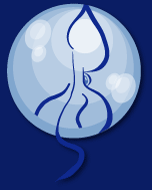
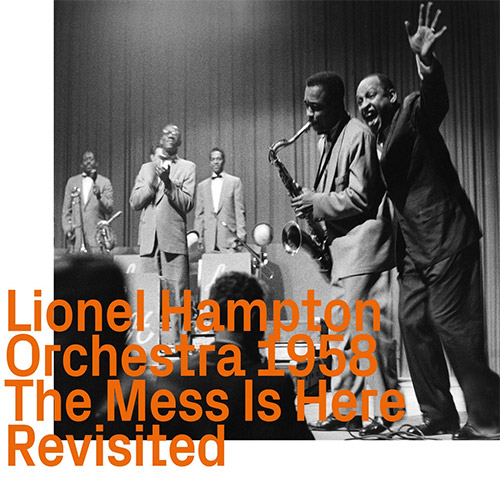

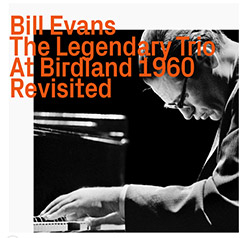
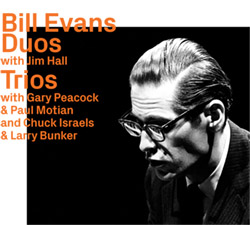
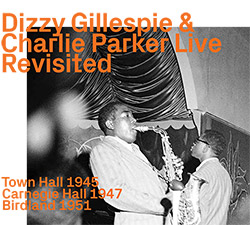
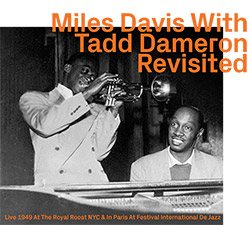
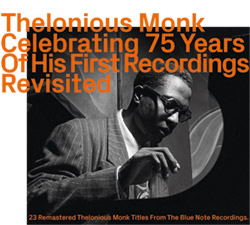
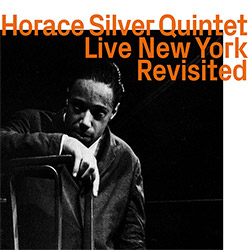
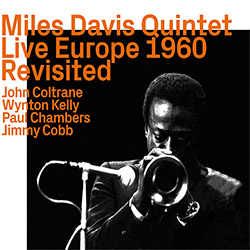
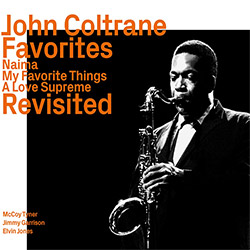
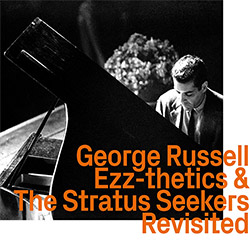
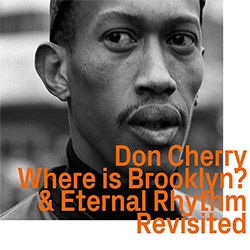

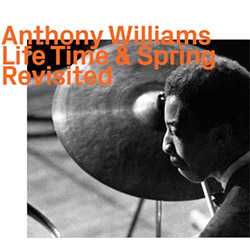
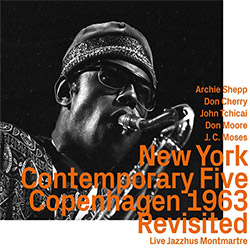
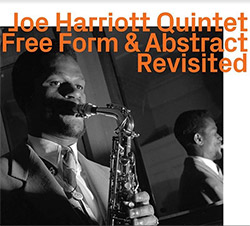
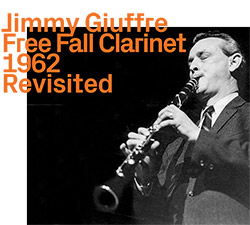
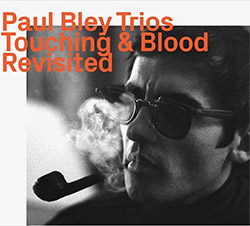
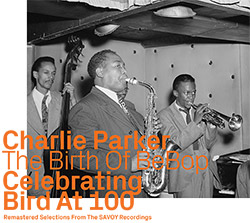
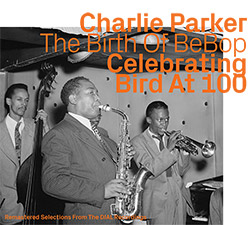
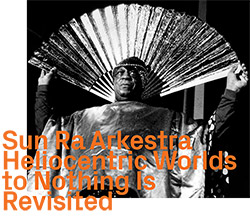
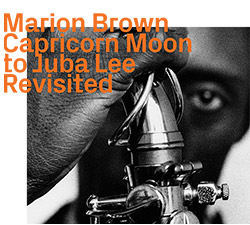

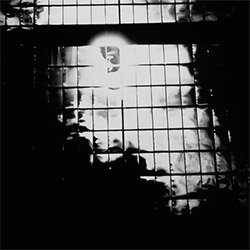
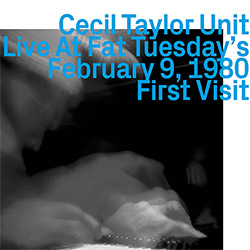
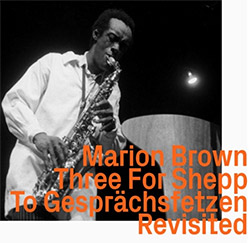
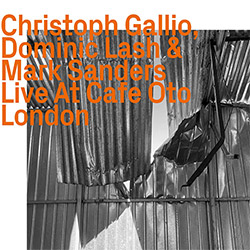

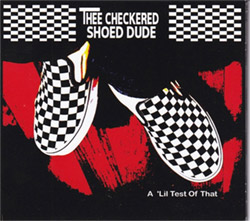
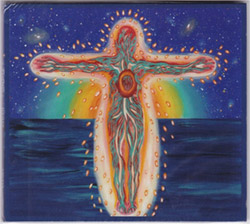
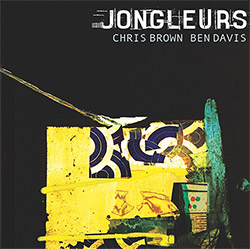
![BlueRing Improvisers: Materia [2 CDs]](https://www.teuthida.com/productImages/misc4/36513.jpg)
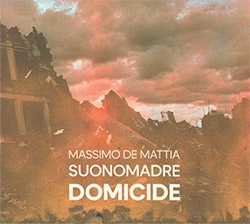
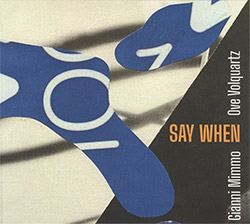
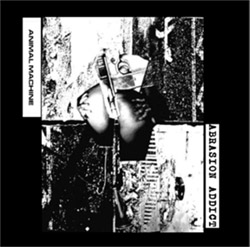
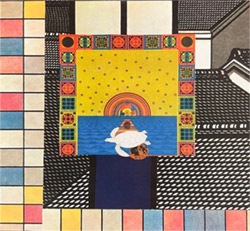
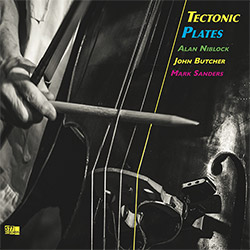
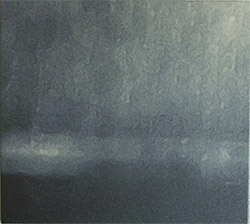

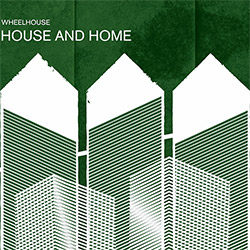
![Wheelhouse (Rempis / Adasiewicz / McBride): House And Home [VINYL]](https://www.teuthida.com/productImages/misc4/36462.jpg)
![+DOG+: The Light Of Our Lives [2 CDs]](https://www.teuthida.com/productImages/misc4/36009.jpg)

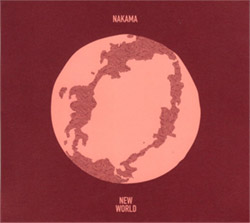
![Parker, Evan / Jean-Marc Foussat: Insolence [VINYL]](https://www.teuthida.com/productImages/misc4/36398.jpg)
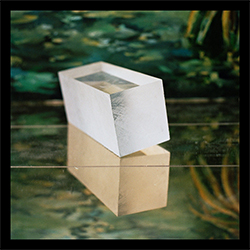
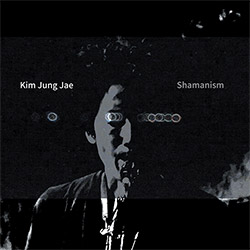
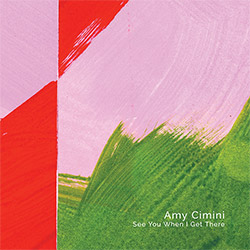
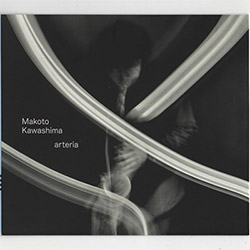
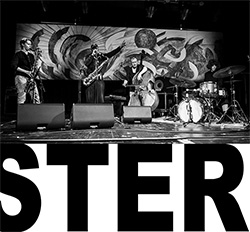
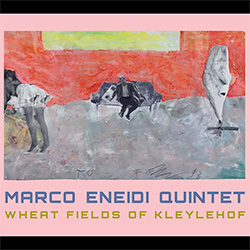
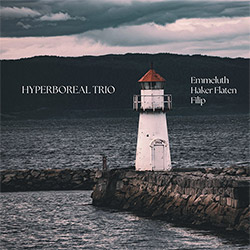
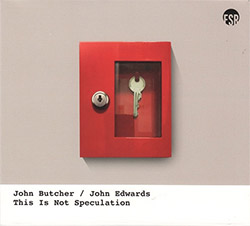
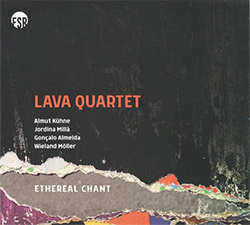
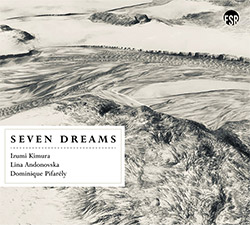
![Deupree, Jerome / Sylvie Courvoisier / Lester St. Louis / Joe Morris: Canyon [2 CDs]](https://www.teuthida.com/productImages/misc4/36404.jpg)
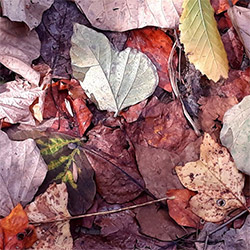
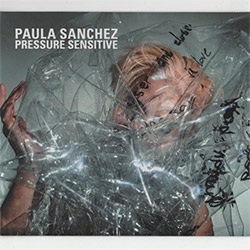
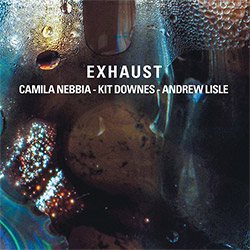
![Eventless Plot | Haarvol: The Subliminal Paths [CASSETTE + DOWNLOAD]](https://www.teuthida.com/productImages/misc4/36232.jpg)
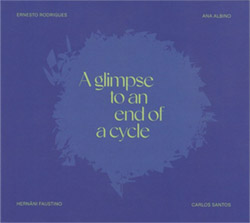
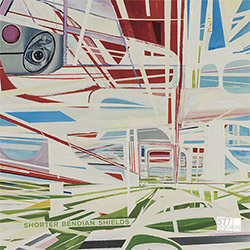
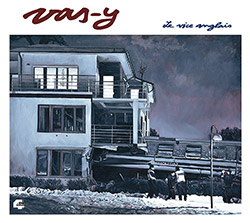


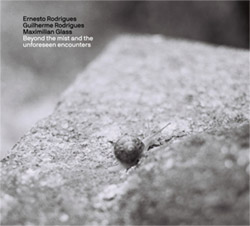

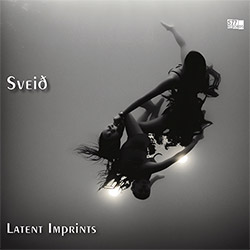
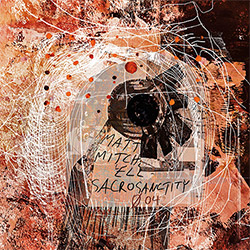
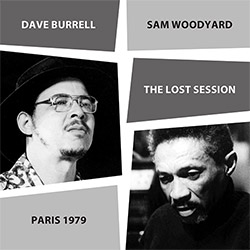
![Eventless Plot | Francesco Covarino: Methexis [CASSETTE + DOWNLOAD]](https://www.teuthida.com/productImages/misc4/36231.jpg)
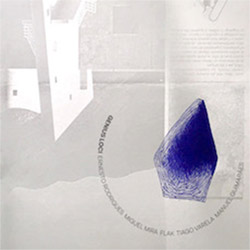
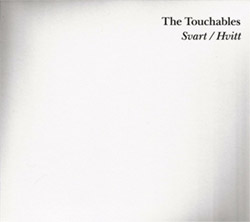
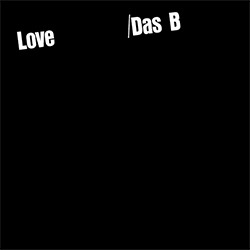
![Das B (Mazen Kerbaj / Mike Majkowski / Magda Mayas / Tony Buck): Love [VINYL]](https://www.teuthida.com/productImages/misc4/36329.jpg)
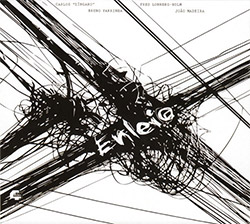
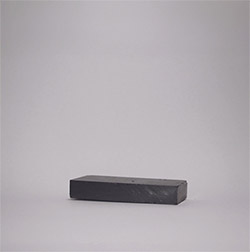
![Eternities: Rides Again [CASSETTE]](https://www.teuthida.com/productImages/misc4/36247.jpg)
![Lopez, Francisco: Untitled (2021-2022) [2 CDs]](https://www.teuthida.com/productImages/misc4/36438.jpg)
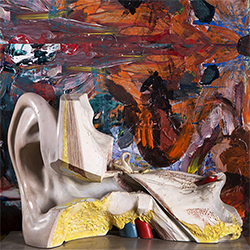

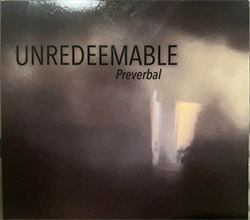
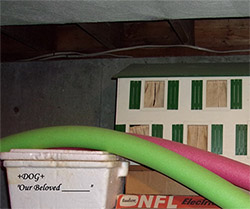
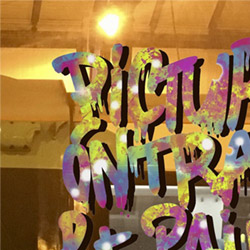
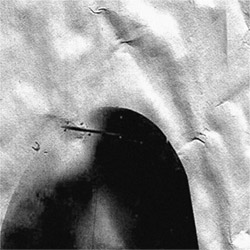
![Money : Money 2 [2 CDs]](https://www.teuthida.com/productImages/misc4/35894.jpg)
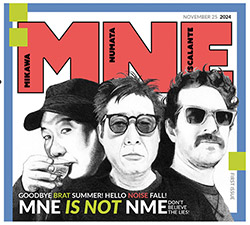
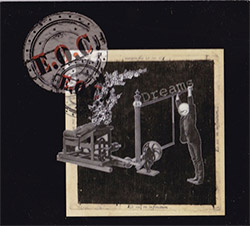
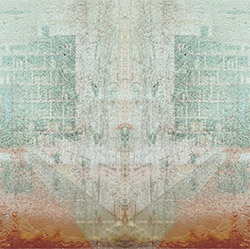
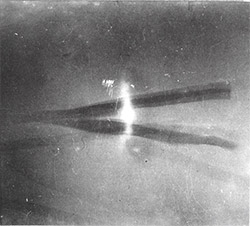
![Klinga, Erik: Elusive Shimmer [VINYL]](https://www.teuthida.com/productImages/misc4/36258.jpg)
![CHANGES TO blind (Phil Zampino): Volume 9 - I Wave on a Fine Vile Mist [CD + DOWNLOAD]](https://www.teuthida.com/productImages/misc4/36061.jpg)

![Wallmart / Rubbish: Asset Protection [split CD]](https://www.teuthida.com/productImages/misc4/35900.jpg)
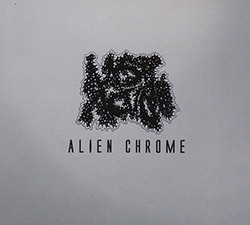
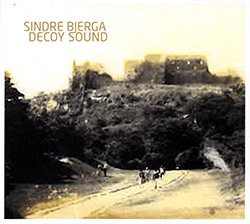
![+Dog+: The Family Music Book Vol. 5 [2 CDs]](https://www.teuthida.com/productImages/misc4/35897.jpg)
![Kuvveti, Deli : Kuslar Soyledi [CASSETTE w/ DOWNLOAD]](https://www.teuthida.com/productImages/misc4/36107.jpg)
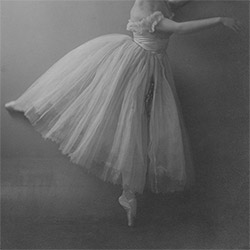
![Brown, Dan / Dan Reynolds: Live At The Grange Hall [unauthorized][CASSETTE]](https://www.teuthida.com/productImages/misc4/36245.jpg)
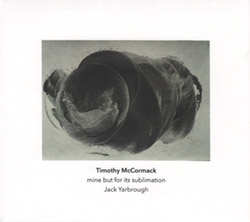

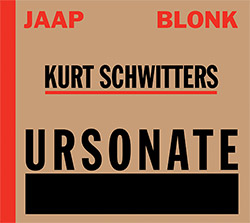
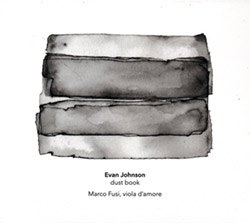
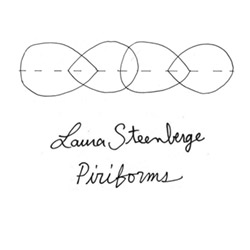
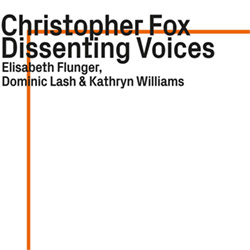
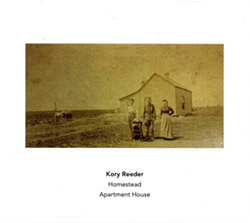
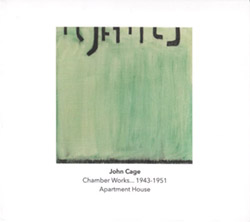
![Palestine, Charlemagne / Seppe Gebruers: Beyondddddd The Notessssss [VINYL]](https://www.teuthida.com/productImages/misc4/36206.jpg)
![Palestine, Charlemagne / Seppe Gebruers: Beyondddddd The Notessssss [NEON GREEN VINYL]](https://www.teuthida.com/productImages/misc4/36207.jpg)
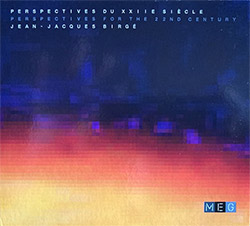
![Laubrock, Ingrid: Purposing The Air [2 CDs]](https://www.teuthida.com/productImages/misc4/35639.jpg)
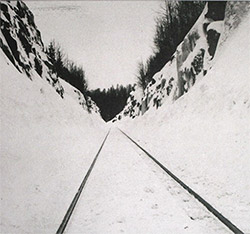
![Yoko, Ono / The Great Learning Orchestra: Selected Recordings From Grapefruit [2 CDs]](https://www.teuthida.com/productImages/misc4/35841.jpg)
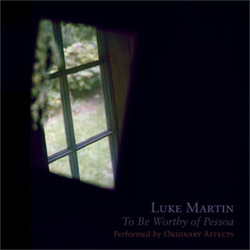
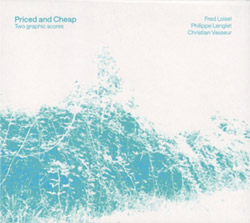
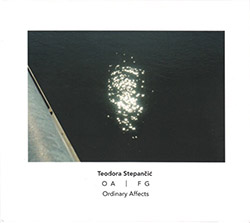
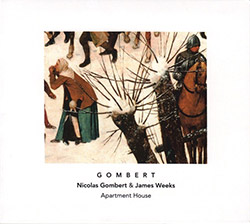

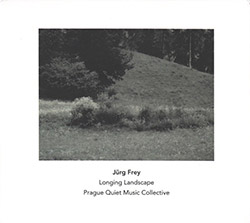


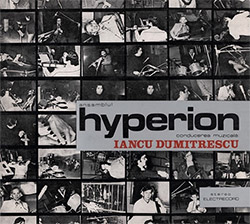
![Zorn, John / JACK Quartet: The Complete String Quartets [2 CDs]](https://www.teuthida.com/productImages/misc4/35609.jpg)

![Lonsdale, Eden: Dawnings [2 CDs]](https://www.teuthida.com/productImages/misc4/35480.jpg)
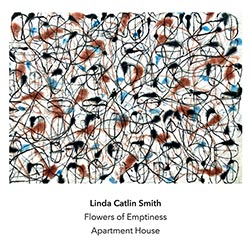
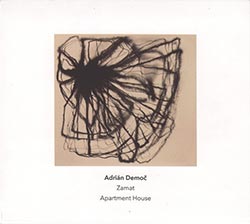
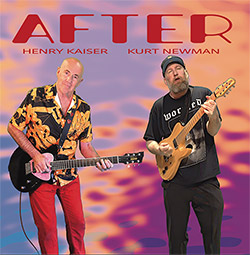
![Sorry For Laughing (G. Whitlow / M. Bates / Dave-Id / E. Ka-Spel): Rain Flowers [2 CDS]](https://www.teuthida.com/productImages/misc4/35985.jpg)

![Rolando, Tommaso / Andy Moor : Biscotti [CASSETTE w/ DOWNLOADS]](https://www.teuthida.com/productImages/misc4/36106.jpg)
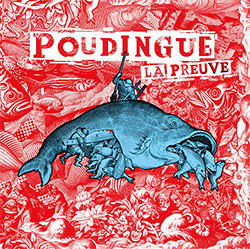
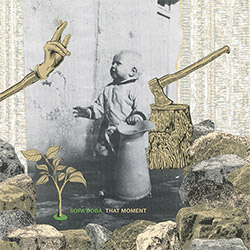
![Electric Bird Noise / Derek Roddy: 8-10-22 [CD EP]](https://www.teuthida.com/productImages/misc4/35970.jpg)
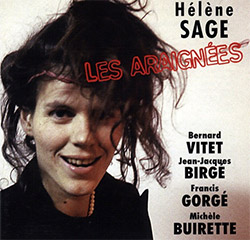


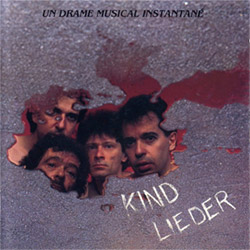
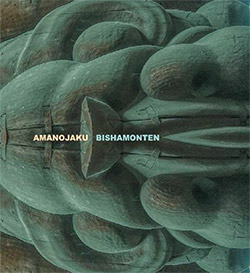
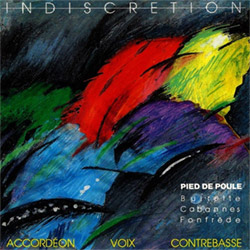
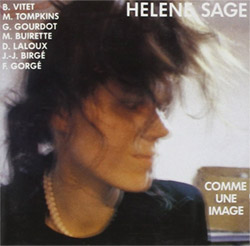
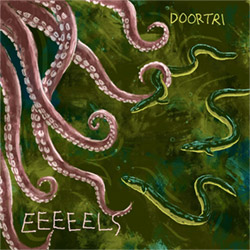
![Elephant9 : Mythical River [VINYL]](https://www.teuthida.com/productImages/misc4/34624.jpg)
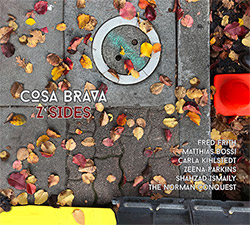
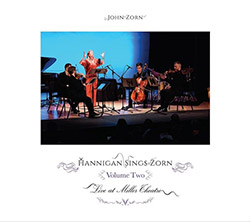
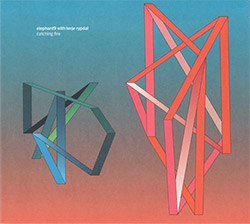
![Elephant9 with Terje Rypdal: Catching Fire [VINYL 2 LPs]](https://www.teuthida.com/productImages/misc4/35355.jpg)
![Deerlady (Obomsawin, Mali / Magdalena Abrego): Greatest Hits [VINYL]](https://www.teuthida.com/productImages/misc4/34876.jpg)
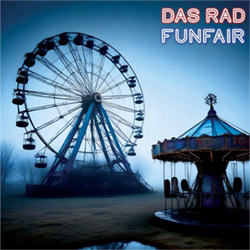
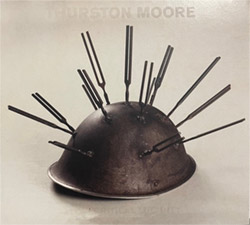
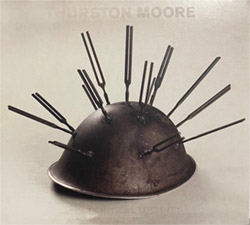


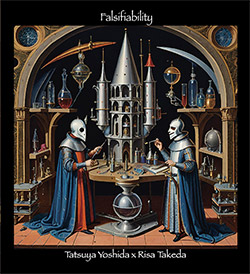
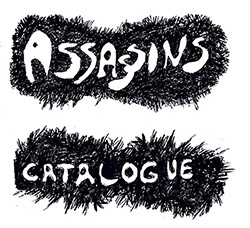
![Surplus 1980: Illusion of Consistency [CD]](https://www.teuthida.com/productImages/misc4/35069.jpg)
![Staiano, Moe: Away Towards the Light [VINYL + DOWNLOAD]](https://www.teuthida.com/productImages/misc4/35037.jpg)
![Coley, Byron: Dating Tips for Touring Bands [VINYL]](https://www.teuthida.com/productImages/misc4/17906.jpg)
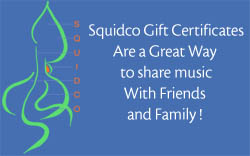
![Lost Kisses: My Life is Sad & Funny [DVD]](https://www.teuthida.com/productImages/misc4/lostKissesDVD.jpg)